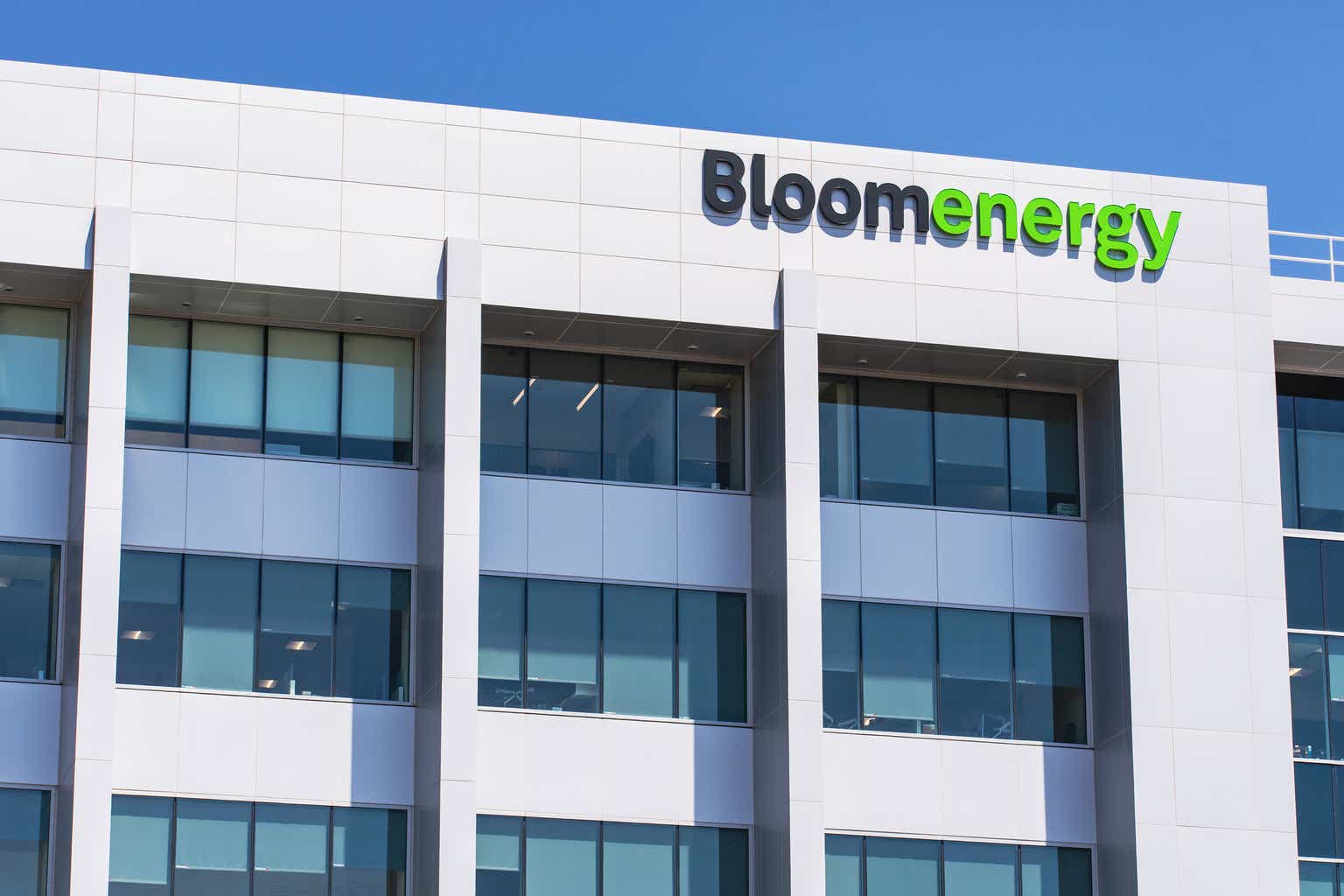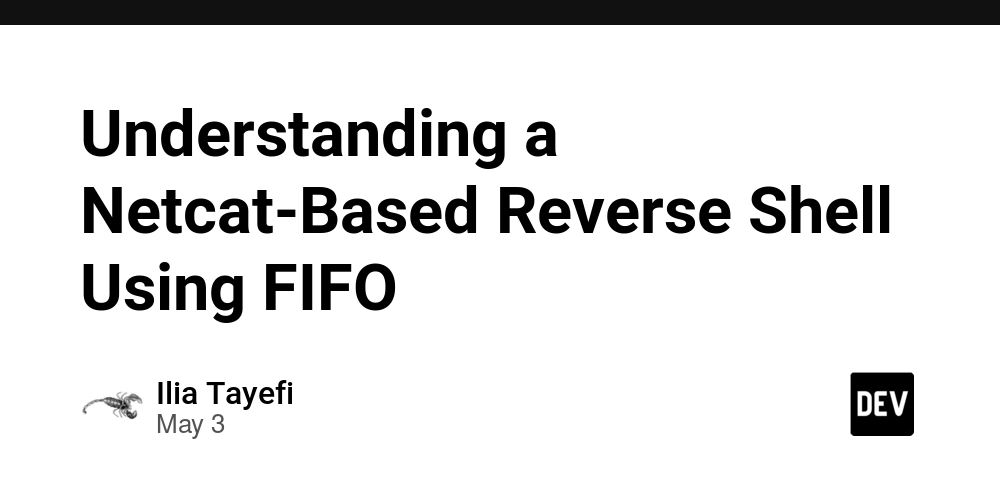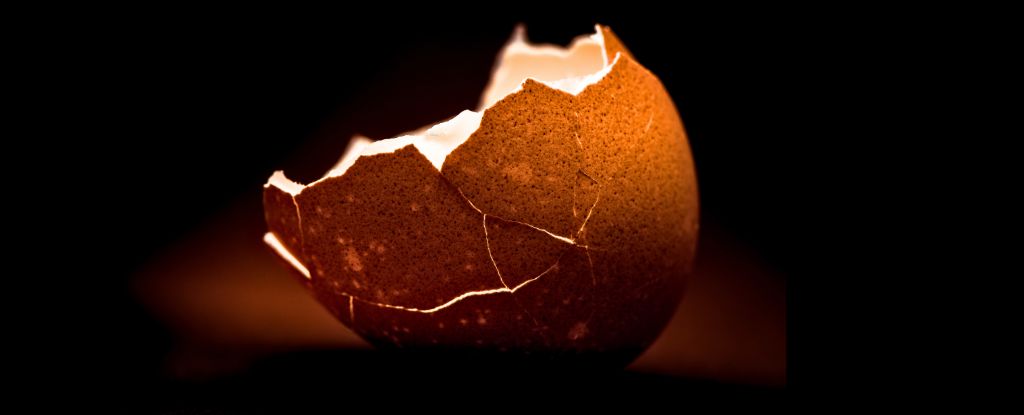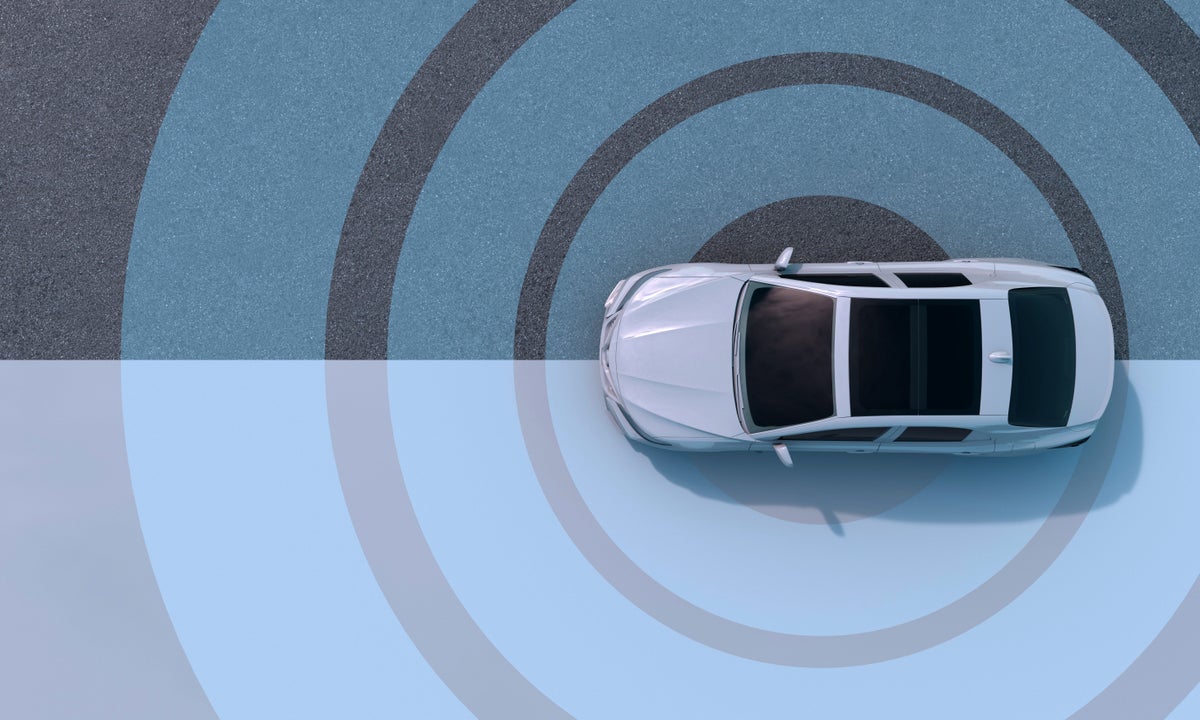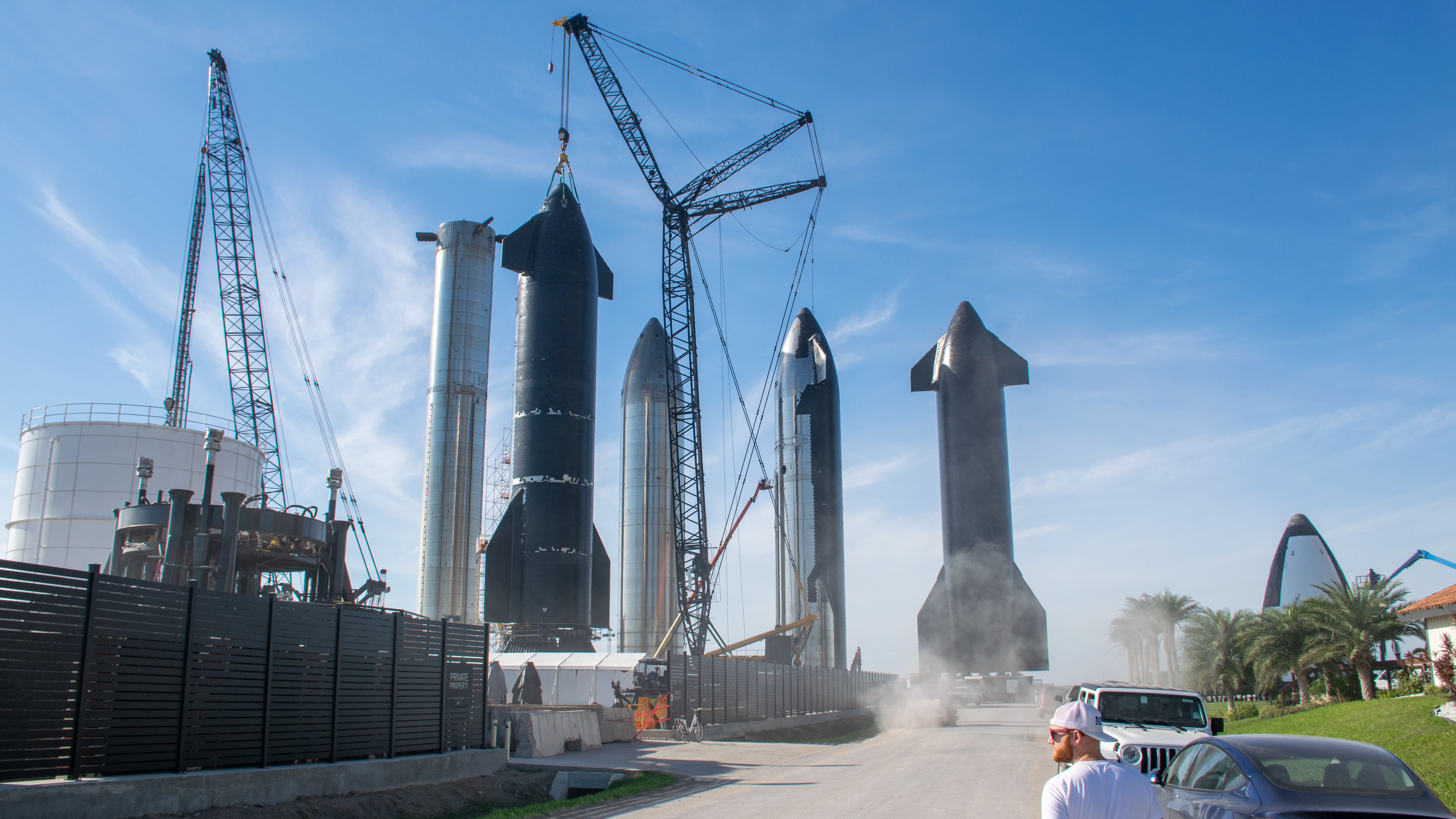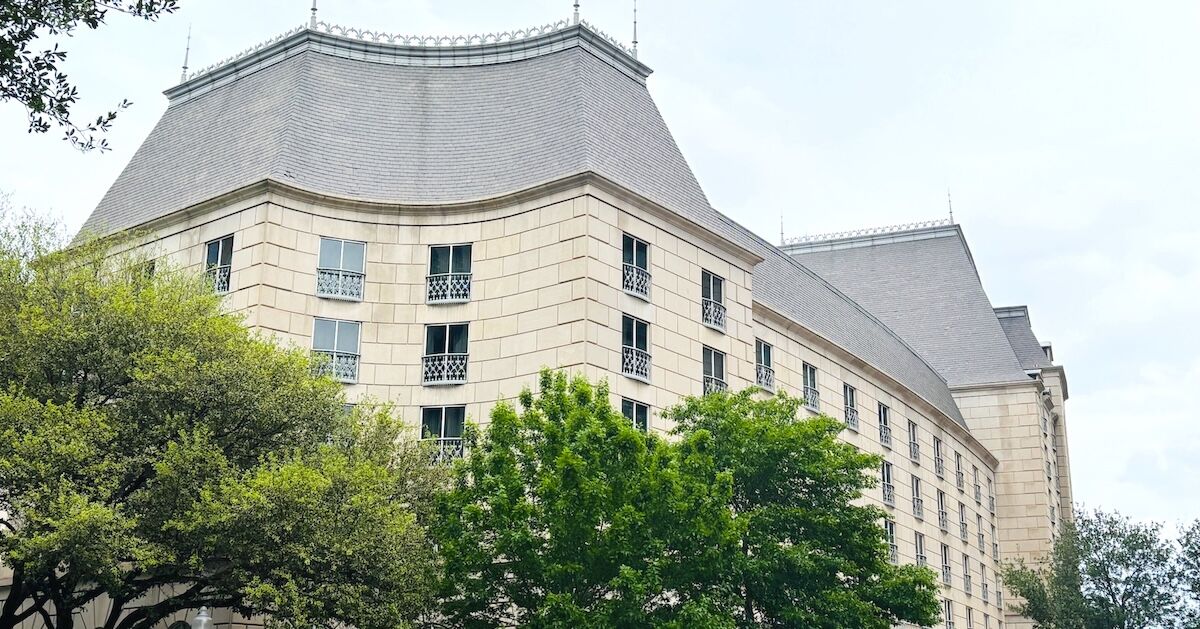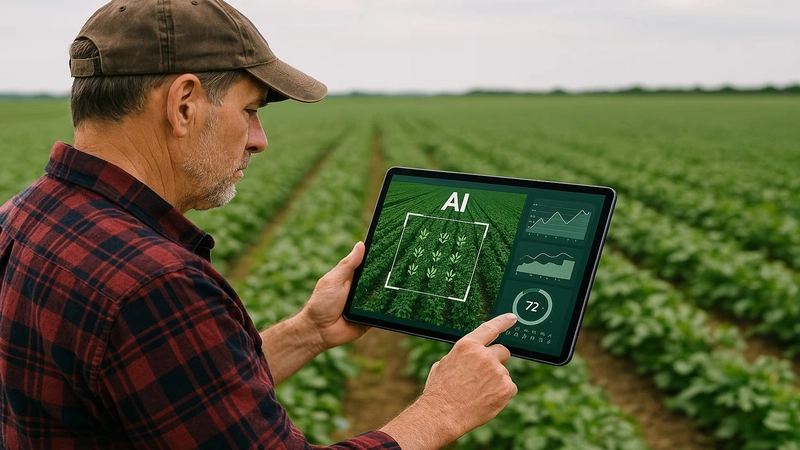Remotely Control Post-Construction Cleaning with IoT Technology
Post-construction cleaning is a critical phase of any renovation or building project. Dust, debris, and waste materials can linger even after the contractors have left, creating hazards and reducing the appeal of a finished space. Fortunately, advances in IoT (Internet of Things) technology now allow property managers and construction firms to monitor and automate cleaning operations remotely and efficiently. For instance, companies like Contents cleaning service Westchester IL are leveraging these innovations to offer next-level cleanup solutions. In this article, we’ll explore how IoT devices can help you gain full control over your post-construction cleaning process, and how to integrate these solutions with real-time data and automation systems. This is especially useful for managing multiple locations, coordinating cleaning crews, and ensuring quality across all jobs. Why Use IoT for Post-Construction Cleaning? IoT enables the use of smart sensors, connected devices, and automated systems that allow you to: Remotely monitor dust, air quality, and surface cleanliness. Automatically schedule cleanings based on sensor data or event triggers. Track the location and productivity of your cleaning crews. Optimize cleaning schedules to reduce downtime and increase efficiency. Even standard residential cleanup providers, such as House cleaning Melrose Park IL, can integrate IoT-triggered alerts to know exactly when to deploy crews for post-renovation touch-ups. Setting Up an IoT-Based Cleaning System Let’s walk through a simple IoT system using sensors, a microcontroller (like Raspberry Pi), and a cloud-based dashboard. Hardware Requirements Raspberry Pi or ESP32 Dust/air quality sensor (e.g., PMS5003 or MQ135) WiFi connectivity Cloud backend (Firebase, AWS IoT, or similar) Sample Python Script for Sensor Reading import time import serial def read_dust_sensor(): ser = serial.Serial("/dev/ttyUSB0", baudrate=9600) while True: data = ser.read(32) pm25 = int.from_bytes(data[10:12], byteorder='big') print(f"PM2.5 Reading: {pm25} µg/m³") time.sleep(5) if __name__ == "__main__": read_dust_sensor() This script captures PM2.5 readings from a dust sensor connected to a Raspberry Pi. You can send these readings to a cloud service for remote monitoring, ideal for businesses like Office cleaning Elk Grove Village to ensure air quality meets health standards before dispatching cleaning teams. Sending Data to Firebase import firebase_admin from firebase_admin import credentials, db cred = credentials.Certificate("your-firebase-credentials.json") firebase_admin.initialize_app(cred, { 'databaseURL': 'https://your-project.firebaseio.com' }) def send_data(pm25_value): ref = db.reference('/post_construction/air_quality') ref.set({'pm25': pm25_value}) Dashboard for Monitoring You can use platforms like Node-RED, Grafana, or even Google Data Studio to visualize sensor data and track cleaning progress. Trigger alerts or cleaning tasks when thresholds are exceeded. Integrating IoT with Cleaning Services One of the biggest benefits of remote IoT systems is the ability to automate service dispatch. For example, if the air quality sensor detects high dust levels, it can trigger a POST request to your cleaning API—similar to workflows used by Commercial cleaning in Berkeley for large-scale construction sites. Example: Triggering a Cleaning Service import requests def trigger_cleaning(location_id): response = requests.post("https://your-cleaning-api.com/dispatch", json={ "location_id": location_id, "task": "post_construction_cleaning" }) if response.status_code == 200: print("Cleaning dispatched!") You can link this function to sensor thresholds to automatically assign a crew to the job site. Benefits for Commercial Clients Smart cleaning automation is a game changer for commercial and office spaces. You can remotely monitor and dispatch services, integrate real-time reporting, and ensure consistent quality across all your construction projects. Premium providers, such as Cleaning services Kenilworth, can be part of your automated network to deliver top-end finish cleanups. Clients who might benefit include: Real estate developers Office facility managers General contractors Cleaning service companies Final Thoughts IoT allows for full visibility and control of your post-construction cleaning process—from scheduling to quality assurance. With smart sensors, cloud-based dashboards, and automatic dispatch systems, you can ensure your sites are cleaned quickly, thoroughly, and on time.

Post-construction cleaning is a critical phase of any renovation or building project. Dust, debris, and waste materials can linger even after the contractors have left, creating hazards and reducing the appeal of a finished space. Fortunately, advances in IoT (Internet of Things) technology now allow property managers and construction firms to monitor and automate cleaning operations remotely and efficiently. For instance, companies like Contents cleaning service Westchester IL are leveraging these innovations to offer next-level cleanup solutions.
In this article, we’ll explore how IoT devices can help you gain full control over your post-construction cleaning process, and how to integrate these solutions with real-time data and automation systems. This is especially useful for managing multiple locations, coordinating cleaning crews, and ensuring quality across all jobs.
Why Use IoT for Post-Construction Cleaning?
IoT enables the use of smart sensors, connected devices, and automated systems that allow you to:
- Remotely monitor dust, air quality, and surface cleanliness.
- Automatically schedule cleanings based on sensor data or event triggers.
- Track the location and productivity of your cleaning crews.
- Optimize cleaning schedules to reduce downtime and increase efficiency.
Even standard residential cleanup providers, such as House cleaning Melrose Park IL, can integrate IoT-triggered alerts to know exactly when to deploy crews for post-renovation touch-ups.
Setting Up an IoT-Based Cleaning System
Let’s walk through a simple IoT system using sensors, a microcontroller (like Raspberry Pi), and a cloud-based dashboard.
Hardware Requirements
- Raspberry Pi or ESP32
- Dust/air quality sensor (e.g., PMS5003 or MQ135)
- WiFi connectivity
- Cloud backend (Firebase, AWS IoT, or similar)
Sample Python Script for Sensor Reading
import time
import serial
def read_dust_sensor():
ser = serial.Serial("/dev/ttyUSB0", baudrate=9600)
while True:
data = ser.read(32)
pm25 = int.from_bytes(data[10:12], byteorder='big')
print(f"PM2.5 Reading: {pm25} µg/m³")
time.sleep(5)
if __name__ == "__main__":
read_dust_sensor()
This script captures PM2.5 readings from a dust sensor connected to a Raspberry Pi. You can send these readings to a cloud service for remote monitoring, ideal for businesses like Office cleaning Elk Grove Village to ensure air quality meets health standards before dispatching cleaning teams.
Sending Data to Firebase
import firebase_admin
from firebase_admin import credentials, db
cred = credentials.Certificate("your-firebase-credentials.json")
firebase_admin.initialize_app(cred, {
'databaseURL': 'https://your-project.firebaseio.com'
})
def send_data(pm25_value):
ref = db.reference('/post_construction/air_quality')
ref.set({'pm25': pm25_value})
Dashboard for Monitoring
You can use platforms like Node-RED, Grafana, or even Google Data Studio to visualize sensor data and track cleaning progress. Trigger alerts or cleaning tasks when thresholds are exceeded.
Integrating IoT with Cleaning Services
One of the biggest benefits of remote IoT systems is the ability to automate service dispatch. For example, if the air quality sensor detects high dust levels, it can trigger a POST request to your cleaning API—similar to workflows used by Commercial cleaning in Berkeley for large-scale construction sites.
Example: Triggering a Cleaning Service
import requests
def trigger_cleaning(location_id):
response = requests.post("https://your-cleaning-api.com/dispatch", json={
"location_id": location_id,
"task": "post_construction_cleaning"
})
if response.status_code == 200:
print("Cleaning dispatched!")
You can link this function to sensor thresholds to automatically assign a crew to the job site.
Benefits for Commercial Clients
Smart cleaning automation is a game changer for commercial and office spaces. You can remotely monitor and dispatch services, integrate real-time reporting, and ensure consistent quality across all your construction projects. Premium providers, such as Cleaning services Kenilworth, can be part of your automated network to deliver top-end finish cleanups.
Clients who might benefit include:
- Real estate developers
- Office facility managers
- General contractors
- Cleaning service companies
Final Thoughts
IoT allows for full visibility and control of your post-construction cleaning process—from scheduling to quality assurance. With smart sensors, cloud-based dashboards, and automatic dispatch systems, you can ensure your sites are cleaned quickly, thoroughly, and on time.






